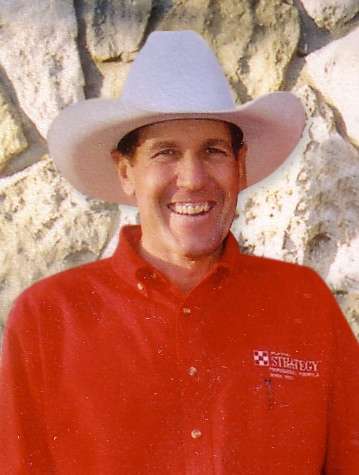Different than when they were the main form of transportation, horses still have a significant role in our nation.
Julie Broadway, president of the American Horse Council, spoke at the recent Kansas Board of Agriculture Equine Sector Session.
“The American Horse Council is the only national association representing every segment of the horse industry,” Broadway said. “It is the unified voice of the equine industry on federal legislation and regulatory issues in Washington, D.C.”
They serve as “stewards” on the pulse of matters that may affect the equine and equestrian ecosystem.
“Our mission is to protect and strengthen the United States equine industry,” Broadway said.
In total, 39 million, or 31 percent, of households contain horse enthusiasts with an average age of 39. Of that, 1.23 percent (average age 38) own horses while 19.4 percent (average age 25) participate in horse activities but do not own a horse.
About 9.85 percent spectate (average age 27) at horse events but do not own horses or participate in horse events.
There are 6.65 million horses in the United States including 195,000 Amish and institutional horses. This total is down from 7.2 million horses in 2017.
However, those horses were responsible for 2.2 million jobs, up from 1.4 million jobs.
In 2023, horses added $177 billion to the United States economy compared to $122 billion in 2017.
Horses created $122 billion in salary, wages, and benefits in 2023, up from $79 billion six years earlier.
About 62 percent of horse owners own or lease property totaling 12.5 million acres.
Noteworthy, according to Broadway, Kansas has 120,800 horses with 345,000 horse enthusiasts.
For recreational purposes, horses in 2023 had a direct value of $14.5 billion with added value of $36.7 billion all together creating 466,969 jobs.
All types of racing horses have a direct value of $16 billion with $36.4 billion added value creating 491,232 jobs.
Working horses are valued at $2.6 billion with $6.5 million added value opening 86,223 job opportunities.
Of the nation’s horse population, Quarter Horses total 2.06 million while Thoroughbreds number 1.03 million.
Paint Horses number 984,152, Standardbred 501,497, mules and donkeys 307,844, Arabians 213,830, Warm Bloods 190,546, Miniatures 181,695, Tennessee Walking Horses 160,858, ponies 118,202, and Appaloosa 108,231.
Populations for other horse breeds are available: [email protected].
Horses create employment for 155,000 in Texas with an income total of $5.8 million, adding $6.5 million to the economy outputting $10.37 million.
Additional top ten states in horse worker employment and income includes California, Florida, Oklahoma, Kentucky, Ohio, Pennsylvania, New York, Missouri, and Indiana.
More than 2 million people nationwide volunteer for horse activities, including 5,800 for competitions.
Back Country Horsemen’s Association reports 207,000 volunteer hours. PATH International, the Professional Association of Therapeutic Horsemanship International, has 49,705 volunteers.
As of 2022, 73 percent of equine sanctuaries were filled with an average stay of 303 days.
There is a shortage of workers in the horse industry with 800 survey responses indicating the largest need for grooms, barn managers, and trainers.
Working to have horses as a part of the Farm Bill, Broadway listed nine areas in which support has been requested.
They include marketing assistance $200 million, animal vaccine bank $150 million, and animal disease response $70 million.
Among regulatory issues being pursued include rules to eliminate soring, re-entry of horses to competitions, changes in quarantine, miniature horses’ inclusion as service animals, worker safety during heat, fire codes, and water for equine facilities.
Legislative issues of concern to the American Horse Councial include but are not limited to federal tax policies, labor visas, veterans act, biking on trails, program funding, and Save American’s Forgotten Equine (SAFE) Act.
+++30+++
American Horse Council Works For Benefit Of Horse Industry Nationwide
For the Love of Horses




